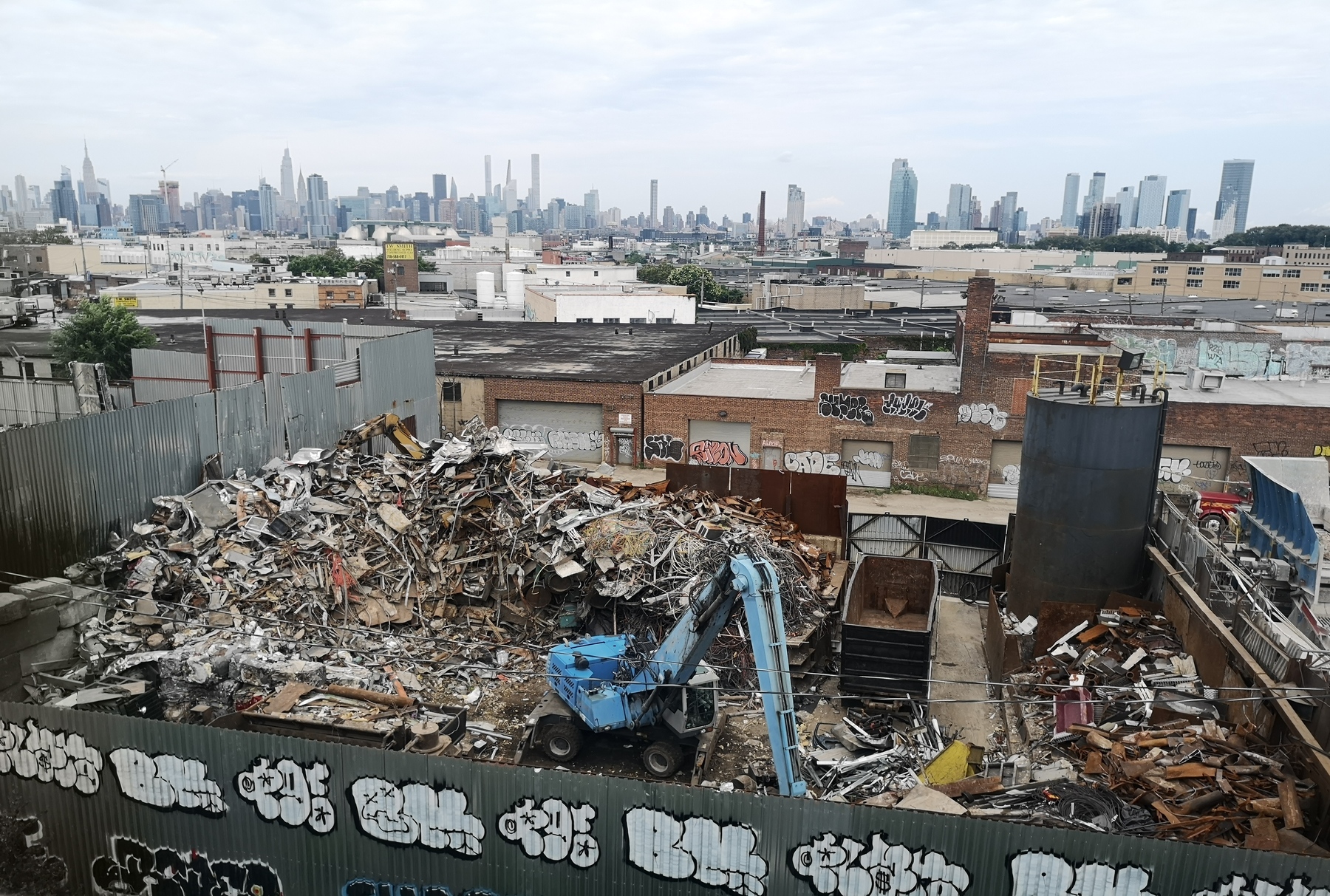Co-production resources
This link takes you to a co-creation tool that was produced by a collaboration of university researchers, Carnegie UK Trust, Federation of Small Businesses and VCSE partners. It aims to help collaborators to manage the co-production relationship by balancing the ‘rational’ (how we get stuff done) and the ‘relational’ (how we relate to each other).
Working together to co-create knowledge: A unique co-creation tool - Carnegie UK Trust
Here are some useful articles about co-production.
This paper presents the learning gained from undertaking research activities in co-production with young people in order to tackle alcohol misuse in local communities.
Pain offers a clear oversight of what coproduction is, how it can be used in research but also reflects on some of the challenges of using it as an approach.
This resource is a more detailed report that reflects on coproduction and investigates the challenges in research both historically and using contemporary examples from across Europe. It provides a detailed overview of the different meanings and ways that coproduction is imagined and used.
Alford provides a critical review of coproduction that expands on the history of the term and offers examples through two case studies of complicating factors. Key ideas, concepts and questions are discussed. Alford reflects on relationships, power and position.
The authors of this article provide a historical context and outline the ways that co-production can be part of research.
This article provides a clear overview of what co-production is, where it has been used and how it can be utilised in healthcare research.
Steen and Brandsen provide a very contemporary analysis of ways coproduction has been effectively used and reflects on where it could go next.
Godwin, G. (2019). The problem and promise of coproduction: Politics, history, and autonomy Goodwin. World development, Vol.122, p.501-513
Links to the neoliberal roots of coproduction,
“one that treats coproduction as a largely technical process of public service delivery and another that primarily characterizes it as a political process which generates political struggles and opportunities”
“Offers poorer citizens a chance to mechanism to gain access to public services but to renegotiate their relationship with the state and strengthen their social and political rights. Coproduction therefore has the potential to challenge and reconfigure power relations”
In this piece, Brandsen explores the definitions of co-production, for example, e.g. volunteering and the fluid way in which a researcher can be part of an organisation and also use their role for research.
Cowie explores co-production through more creative methods. Theatre is used a tool and space for co-production and community action. The article presents a case study that looks at a specific theatre piece that explores development and the citizens’ mediated responses to this development.
